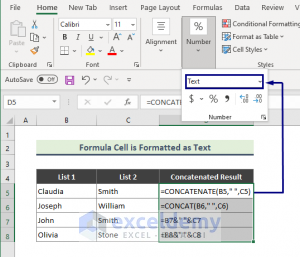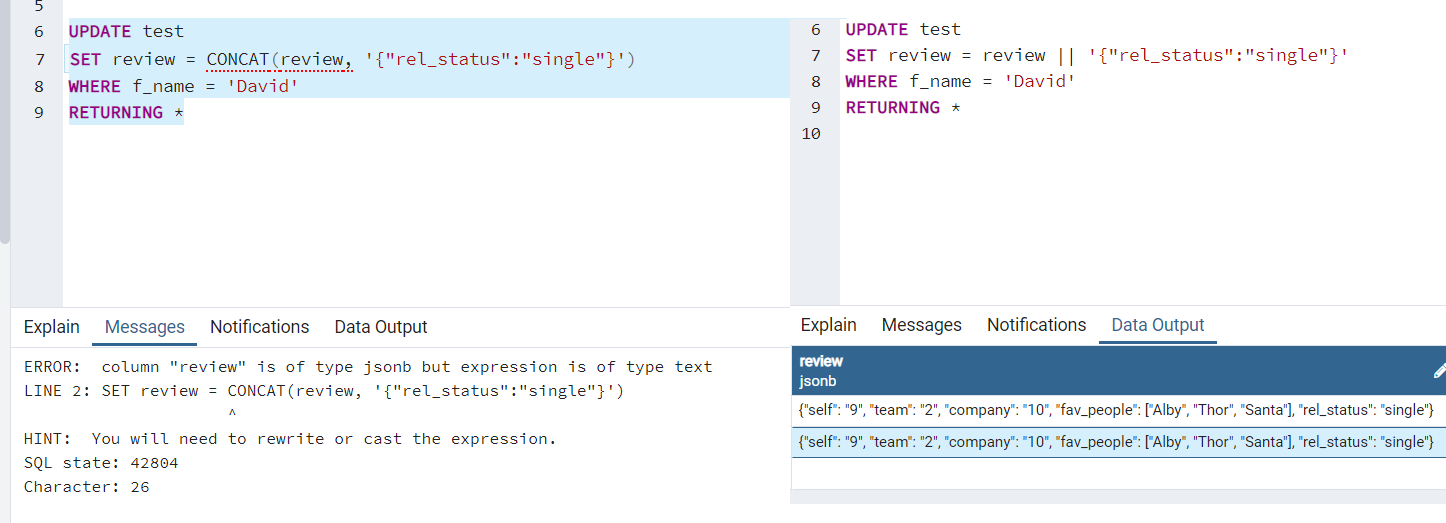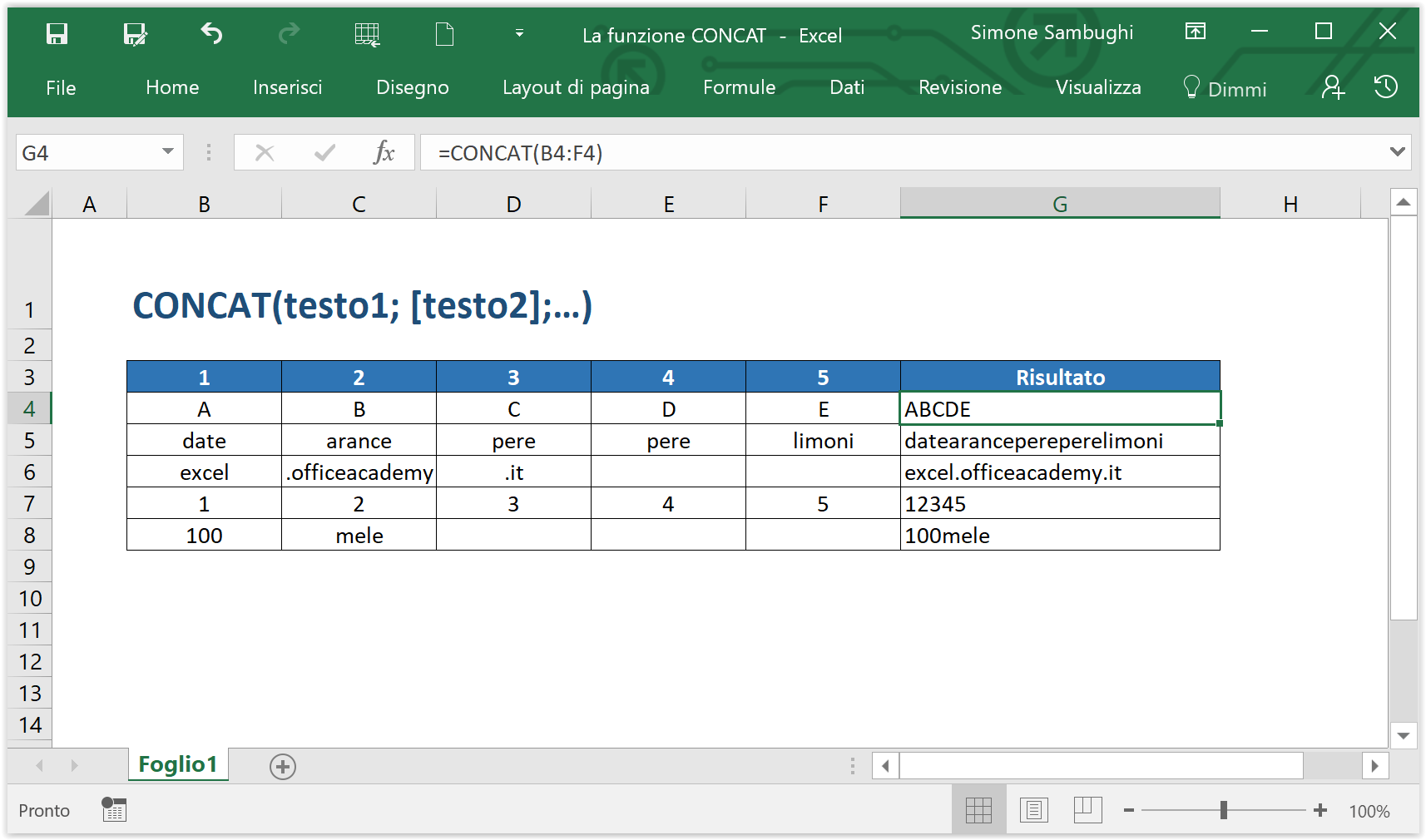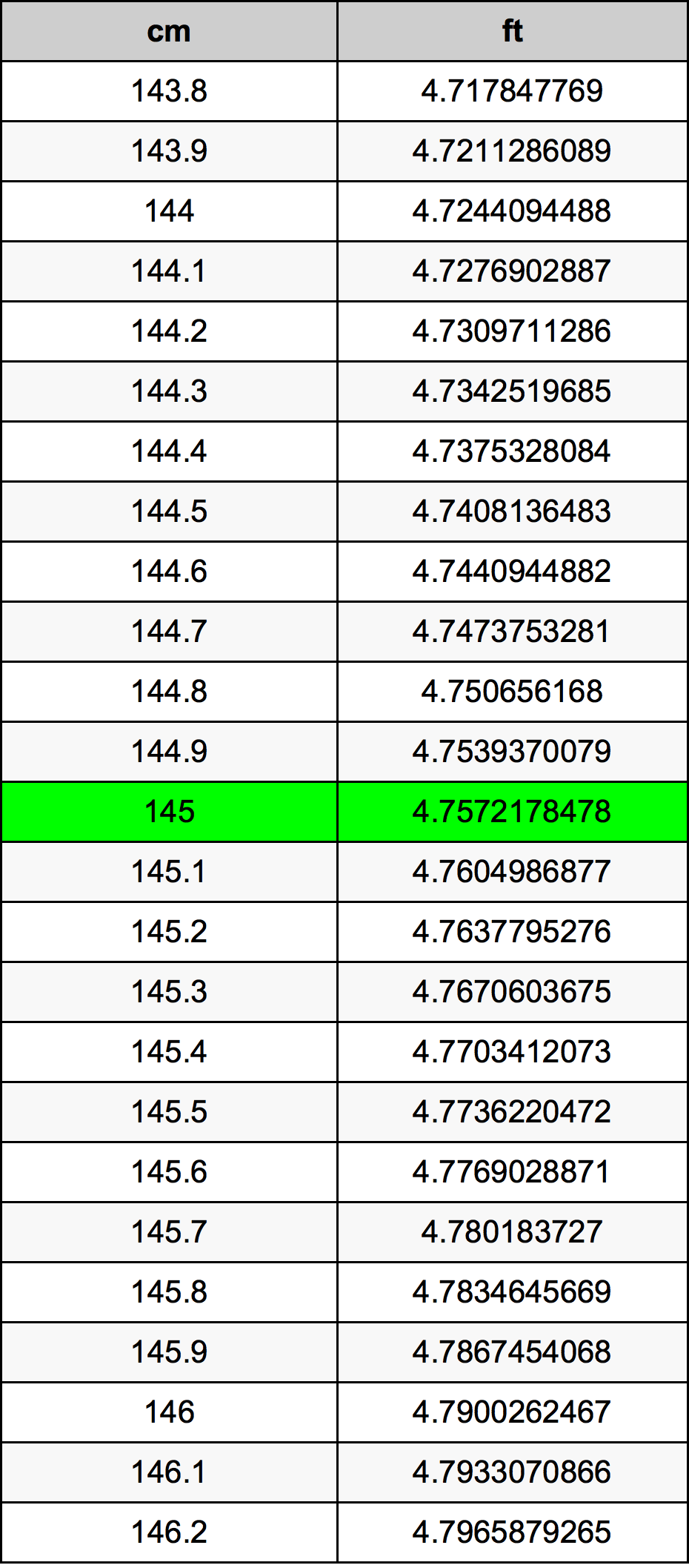Excel CONCAT: Why It's Not Working

When it comes to combining text and data in Excel, the CONCAT function is a powerful tool that can streamline your data manipulation tasks. However, many users encounter situations where the CONCAT function fails to deliver the expected results. In this comprehensive guide, we will explore the common reasons why the CONCAT function might not work as intended and provide solutions to overcome these issues. By understanding these pitfalls and best practices, you can ensure smooth and efficient data consolidation in your Excel spreadsheets.
Understanding the CONCAT Function

The CONCAT function in Excel is designed to join two or more text strings together. It provides a convenient way to combine data from multiple cells into a single cell, making it an essential tool for data manipulation and analysis. The function’s syntax is straightforward: =CONCAT(text1, text2, …), where text1 and text2 are the cell references or text values you want to join.
Common Reasons for CONCAT Failure

While the CONCAT function is a valuable addition to Excel’s arsenal, there are several common scenarios where it might not work as expected. Let’s delve into these issues and explore practical solutions.
Issue 1: Space and Formatting Problems
One of the most frequent reasons for CONCAT failure is inconsistent spacing and formatting between the text strings being joined. Excel treats spaces and formatting differently, and this can lead to unexpected results when using the CONCAT function.
| Scenario | Outcome |
|---|---|
| Cells with varying spaces (e.g., one cell has "Hello ", another has " World") | The CONCAT function might produce "Hello World" with no space, or "Hello World" with two spaces. |
| Cells with different formatting (e.g., one cell has bold text, another has regular text) | The CONCAT function will ignore formatting, resulting in a combined string with inconsistent formatting. |

To address this issue, ensure that all cells have consistent spacing and formatting before using the CONCAT function. You can use the TRIM function to remove extra spaces and the FORMAT function to standardize formatting across cells.
Issue 2: Cell References and Missing Data
Another common pitfall is using cell references that might contain errors or missing data. When a cell reference is invalid or refers to an empty cell, the CONCAT function will not work as expected.
To avoid this issue, always double-check your cell references and ensure that the referenced cells contain valid data. You can use functions like ISBLANK or COUNTIF to check for empty cells and handle them accordingly. For example, you can use an IF function to return a custom message or value if a cell is blank.
Issue 3: Nested Formulas and Complex Calculations
Excel allows for nested formulas, where one function is used within another. However, when using nested formulas with CONCAT, you might encounter errors or unexpected results.
To resolve this issue, simplify your formula structure by breaking down complex calculations into smaller, more manageable steps. Use temporary cells to store intermediate results and then use the CONCAT function to combine these results. This approach ensures better control over your formula's behavior and reduces the chances of errors.
Issue 4: Length Limitations and Truncation
Excel has a limit on the length of text strings that can be displayed in a cell. If the combined text string from the CONCAT function exceeds this limit, Excel might truncate the result, leading to unexpected outcomes.
To overcome this issue, be mindful of the maximum cell length in Excel, which is typically 32,767 characters. If your combined text string exceeds this limit, consider breaking it down into smaller chunks or using other functions like CONCATENATE or TEXTJOIN that offer more control over text length.
Issue 5: Ignoring Non-Text Data Types
The CONCAT function is designed primarily for joining textual data. When used with non-text data types like numbers or dates, Excel might not handle the data as expected.
To address this, ensure that all data being joined is in text format. You can use functions like TEXT or VALUE to convert non-text data types to text before using the CONCAT function. For example, to convert a date to a text string, you can use =TEXT(date_cell, "mm/dd/yyyy").
Best Practices for Effective CONCAT Usage
To ensure that your CONCAT function works flawlessly, consider implementing these best practices:
- Standardize Data: Ensure that all data to be joined is in a consistent format, with uniform spacing and no empty cells.
- Validate Cell References: Double-check cell references to avoid errors caused by missing or invalid data.
- Simplify Formulas: Break down complex calculations into simpler steps to enhance formula readability and reduce errors.
- Consider Alternative Functions: Explore functions like CONCATENATE or TEXTJOIN for more control over text length and formatting.
- Test and Review: Always test your formulas with a range of data to ensure they work as expected. Review the results to identify and address any issues.
CONCAT vs. Other Text Joining Functions
While the CONCAT function is a powerful tool, Excel offers several other functions for joining text. Here’s a comparison to help you choose the right function for your needs:
| Function | Description | Use Cases |
|---|---|---|
| CONCAT | Joins two or more text strings together. | Simple text concatenation with consistent data. |
| CONCATENATE | Similar to CONCAT, but with more control over text length and delimiters. | Joining text with custom delimiters or when text length is a concern. |
| TEXTJOIN | Advanced text joining function with delimiter options and skip settings. | Complex text joining tasks with dynamic delimiters and exclusion of specific cells. |
Advanced CONCAT Techniques

The CONCAT function can be combined with other Excel functions to achieve more advanced data manipulation tasks. Here are some techniques to enhance your CONCAT skills:
Combining CONCAT with TEXT Functions
The TEXT function allows you to format numeric values as text strings. By combining CONCAT with TEXT, you can create dynamic text combinations based on numerical data.
Using CONCAT with Array Formulas
Array formulas enable you to perform calculations on multiple cells simultaneously. By incorporating CONCAT into array formulas, you can consolidate data from multiple rows or columns into a single cell.
Handling Errors with CONCAT
To ensure your CONCAT formulas are robust, consider using error-handling functions like IFERROR or ISERROR. These functions allow you to specify alternative outputs when errors occur, improving the reliability of your formulas.
Conclusion: Mastering CONCAT for Efficient Data Consolidation
The CONCAT function is a versatile tool for combining text in Excel, but it requires careful attention to detail to avoid common pitfalls. By understanding the issues discussed in this guide and implementing best practices, you can master the CONCAT function and streamline your data consolidation tasks. Remember to standardize your data, validate cell references, simplify formulas, and choose the right text joining function for your specific needs. With these skills, you’ll be able to create powerful and reliable Excel formulas that enhance your data analysis and manipulation capabilities.
What is the maximum length of a text string that can be displayed in Excel?
+The maximum length of a text string that can be displayed in Excel is typically 32,767 characters. However, this limit can vary depending on the version of Excel and the specific worksheet format used.
Can I use the CONCAT function to join text and numbers together?
+Yes, you can use the CONCAT function to join text and numbers together. However, it’s important to ensure that the numbers are converted to text format using functions like TEXT or VALUE before using CONCAT. This prevents Excel from treating the numbers as mathematical values during the joining process.
Are there any alternative functions to CONCAT for joining text in Excel?
+Yes, Excel offers several alternative functions for joining text. Some popular alternatives include CONCATENATE, which provides more control over delimiters and text length, and TEXTJOIN, which allows for advanced text joining with delimiter options and cell exclusion.


